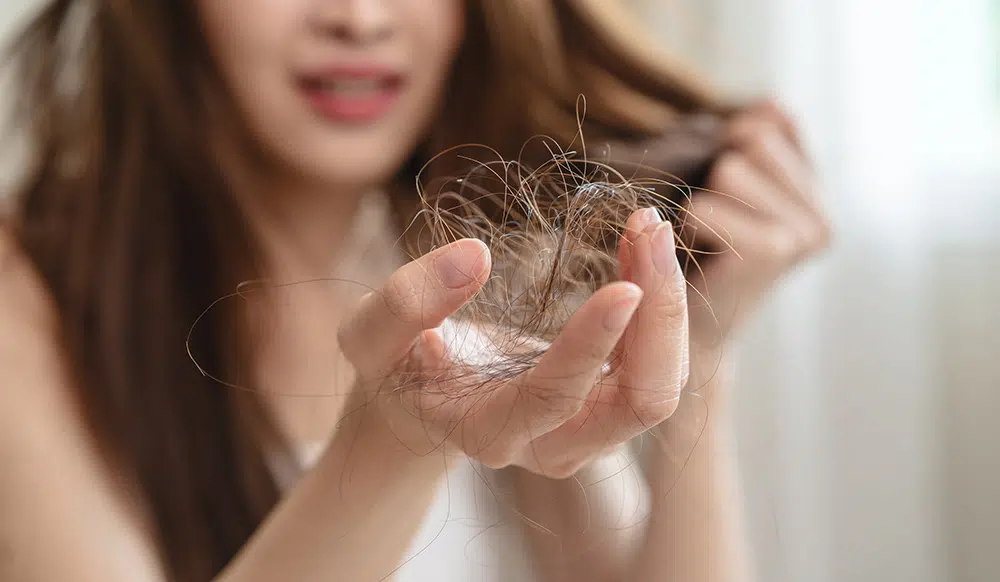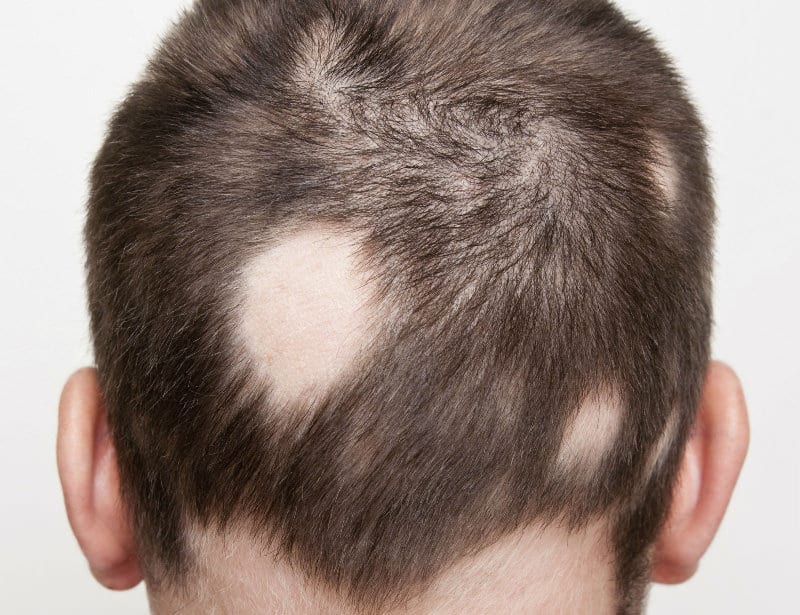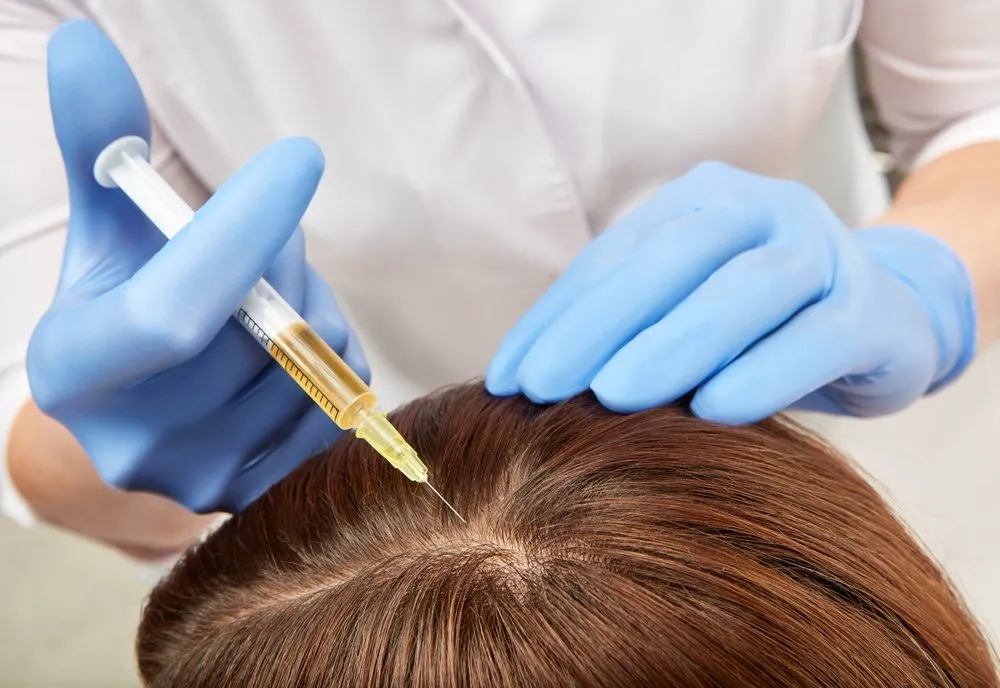Hair loss can affect self-esteem, mental health, and daily confidence, but many people still suffer in silence. August Hair Loss Awareness Month is dedicated to breaking that silence, spreading awareness, and offering hope through education, support, and expert treatment options.
In this blog, you’ll learn why this month is important, what types of hair loss are highlighted, and how you can take meaningful action. Whether you’re just noticing thinning or exploring solutions like hair transplants, this guide is your trusted starting point.

What Is August Hair Loss Awareness Month?
Background and Purpose
August is officially recognized as Hair Loss Awareness Month, a time to shine a light on the medical, emotional, and social impact of hair loss. It aims to educate the public, challenge stigma, and encourage those affected to seek support and solutions.
Who Started It and Why
The initiative began through the combined efforts of medical organizations, hair restoration societies, and advocacy groups to raise awareness around hair health. It recognizes how under-discussed hair loss is, despite being so common.
Why August Was Chosen
August marks a transitional month for many—summer ends, and routines reset. It’s a symbolic time for fresh starts and self-care, making it ideal for highlighting personal health issues like hair loss.
Why Hair Loss Awareness Matters
Rising Global Prevalence of Hair Loss
Hair loss affects over 50 million men and 30 million women in the U.S. alone, and the numbers are climbing globally. Causes range from genetics to lifestyle and medical conditions, making awareness crucial for early diagnosis and treatment.
Social and Emotional Impact on Individuals
Hair loss is more than skin deep. It can cause:
- Social withdrawal
- Anxiety or depression
- Decreased self-confidence
Awareness campaigns help reduce stigma and foster open conversations.
Common Misconceptions and Stigma
Many wrongly believe that hair loss only affects older men or that it’s untreatable. In reality, it spans all genders and ages, and treatments are more effective than ever.
Types of Hair Loss Covered During Awareness Month
Male Pattern Baldness (Androgenetic Alopecia)
Androgenetic alopecia is the most common cause, influenced by genetics and hormones. Typically begins with a receding hairline or thinning crown.

Female Hair Thinning
Often misunderstood, women experience diffuse thinning rather than bald patches. Hormonal shifts, stress, and genetics play key roles.
Alopecia Areata and Autoimmune Disorders
Alopecia Areata is an autoimmune condition where the body attacks hair follicles, leading to patchy baldness.
Telogen Effluvium and Stress-Related Hair Loss
Triggered by intense stress, illness, or postpartum changes, it causes sudden hair shedding but is often reversible.
Hair Loss from Medical Treatments
Chemotherapy, radiation, and certain medications can cause temporary or permanent hair loss. Awareness empowers patients to prepare and manage expectations.
Key Goals and Campaigns of August Hair Loss Awareness Month
Spreading Scientific and Medical Information
Trusted clinics and dermatologists share accurate data on causes, symptoms, and solutions for various types of hair loss.
Encouraging Early Diagnosis and Treatment
Identifying hair loss early leads to better treatment outcomes. Public campaigns promote regular scalp checks and professional assessments.
Promoting Mental Health and Emotional Support
Support groups, counseling, and educational materials are highlighted this month to help manage the psychological toll of hair loss.
Encouraging Research, Donations, and Innovation
Nonprofits and institutions fundraise for research into new therapies such as Exosomes, Stem Cells, and Hair Cloning.
Expert Tips to Prevent or Manage Hair Loss
Scalp Care and Proper Hair Hygiene
- Use gentle, sulfate-free shampoos
- Avoid excessive heat styling
- Maintain a clean, balanced scalp
Medical Treatments: Minoxidil, Finasteride, PRP
- Minoxidil: A topical solution to slow thinning
- Finasteride: A prescription oral medication for male pattern hair loss
- PRP Therapy: Platelet-Rich Plasma injections to stimulate follicles

Nutritional Support and Supplements
Key nutrients include:
- Biotin
- Vitamin D
- Iron
- Zinc
When to See a Specialist
If you notice sudden shedding, bald patches, or progressive thinning, consult a certified hair restoration expert immediately. Early intervention makes a difference.
How to Get Involved This August
Support and Donate to Hair Loss Charities
Organizations like the National Alopecia Areata Foundation (NAAF) and AHLA support research and patient education. Contribute or volunteer if you can.
Join Awareness Events, Walks, or Webinars
Many clinics and support groups host live sessions, awareness walks, and Q&A webinars during August.
Share Stories or Resources on Social Media
Use hashtags like #HairLossAwarenessMonth to spread the word. Sharing your story can inspire others to seek help.
Schedule a Hair Health Consultation
Awareness begins with action—book a personalized evaluation with a hair restoration expert to understand your options.
Hair Transplant and Medical Treatments During Awareness Month
Why August Is a Great Time to Take Action
With heightened awareness and seasonal transitions, it’s an ideal time to explore solutions like FUE Hair Transplants, especially before winter sets in.
Latest Advances: FUE, BHT, Exosomes, PRP
- FUE (Follicular Unit Extraction): Minimally invasive with natural results
- BHT (Body Hair Transplant): Ideal for patients with limited donor scalp hair
- Exosome Therapy: Regenerative cell-based treatment for early-stage hair loss

Patient Experiences & Testimonials
Real-life patient stories can demystify the process and offer reassurance. Share these on your clinic website or socials during August.
Ethical Clinics and What to Look For
Choose clinics with:
- ABHRS-certified surgeons
- Transparent pricing
- Patient education and aftercare
- Medical oversight and safety protocols
FAQs About August Hair Loss Awareness Month
Is there a theme every year?
Yes, organizations often focus on different types of hair loss or awareness goals annually.
Who can participate in campaigns?
Anyone! Patients, caregivers, clinics, and the public are encouraged to join in person or online.
Is hair loss in young people common?
Absolutely. Teenagers and people in their 20s are increasingly affected by stress-related or genetic hair loss.
Where can I find a qualified hair restoration expert in Pakistan?
Dr. Rana Irfan in Islamabad is one of the most experienced, ABHRS-certified surgeons specializing in FUE, PRP, and advanced solutions.
Take Your Next Step
Hair loss is more manageable than ever, but the first step is awareness. If you’re noticing signs of thinning or bald patches, don’t wait. August Hair Loss Awareness Month is the perfect time to seek help, get diagnosed, and explore personalized treatment options.
Book a consultation with Dr. Rana Irfan in Islamabad today and take the first step toward restoring your confidence.
